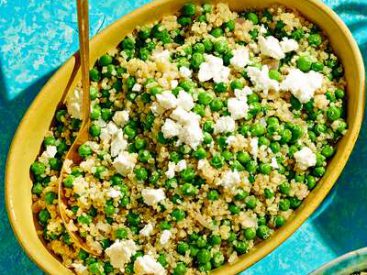RAYMOND, Miss. ( WJTV ) – Unique nutritional needs require older Americans to pay special attention to how they stock their pantries to ensure they are consuming enough of the right foods. “Healthy nutrition is essential across the life course, but in older adults, its importance shifts some,” said […]
Delicious!
Delicious!



